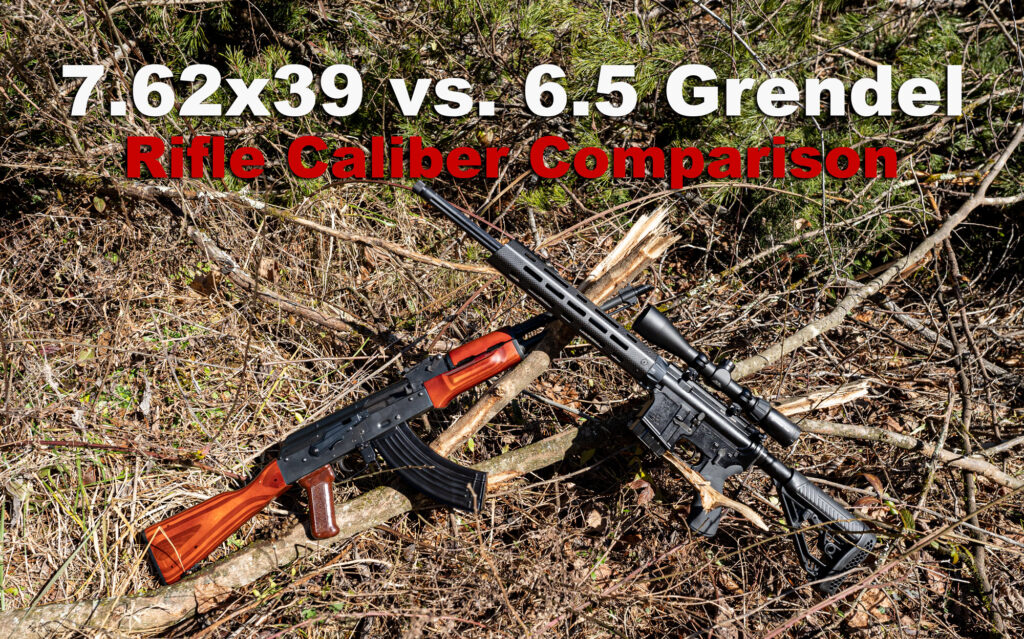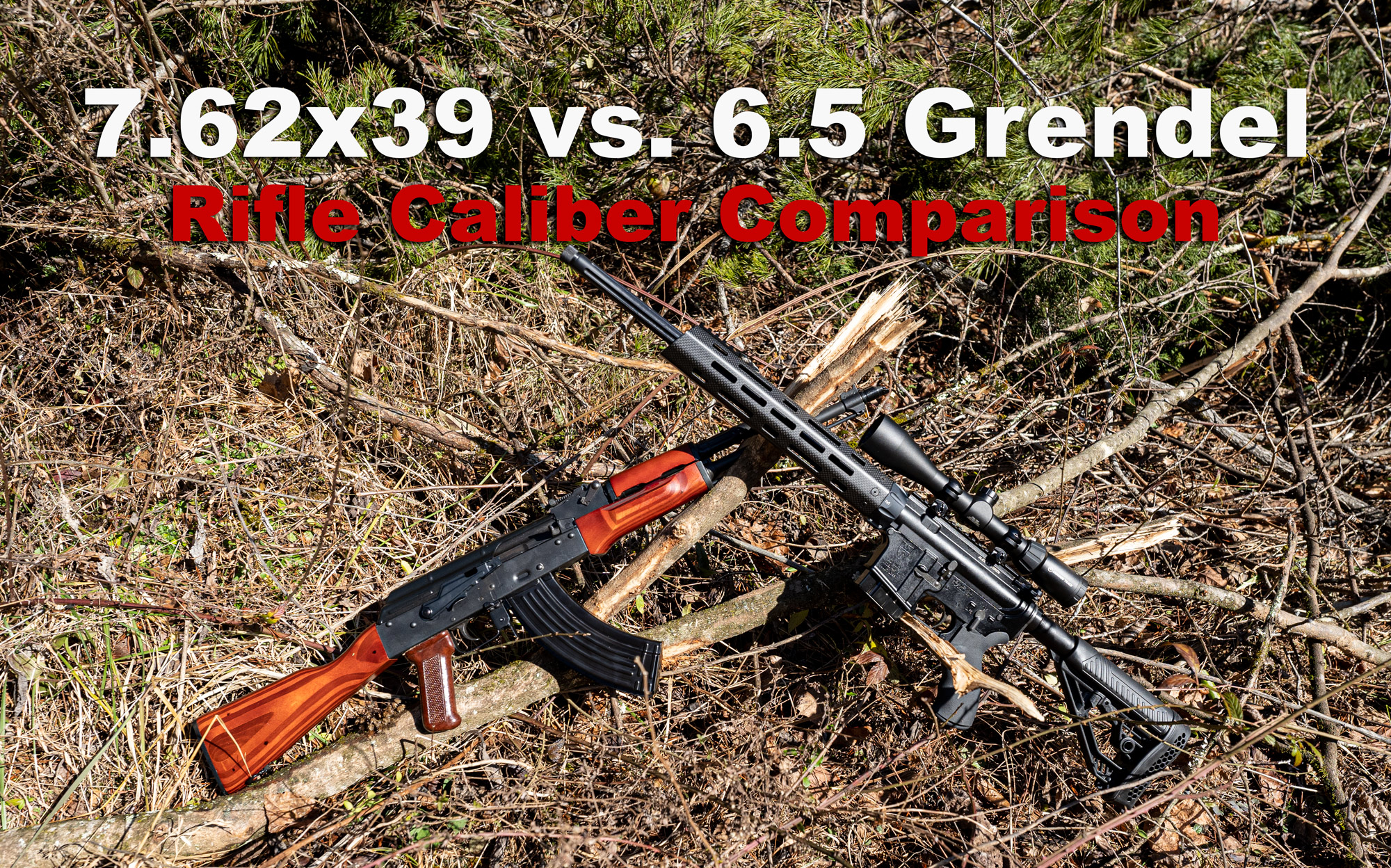
7.62×39 vs 5.56: A Comprehensive Comparison of Rifle Cartridges
The debate between the 7.62×39 and 5.56 rifle cartridges has raged for decades, fueled by military strategists, shooting enthusiasts, and armchair quarterbacks alike. Both rounds have seen extensive use in conflicts around the globe and remain popular choices for civilian applications such as hunting and sport shooting. Understanding the nuances of each cartridge – their ballistics, effective range, stopping power, and firearm compatibility – is crucial for making informed decisions about which is best suited for specific needs. This article provides a detailed, objective comparison of the 7.62×39 and the 5.56, analyzing their strengths and weaknesses to help you determine which might be the better option for you. Whether you’re a seasoned marksman or a curious newcomer, this guide aims to provide clarity on this long-standing debate.
Historical Context
The 7.62×39 was developed by the Soviet Union during World War II and subsequently adopted as the standard cartridge for the AK-47 assault rifle. Its design prioritized reliability and effectiveness at intermediate ranges, making it well-suited for the close-quarters combat scenarios prevalent on the Eastern Front. The round quickly became synonymous with Soviet military doctrine and was widely distributed among Warsaw Pact nations and allied forces.
The 5.56, on the other hand, emerged from the United States in the late 1950s as a lighter, higher-velocity alternative to the 7.62x51mm NATO round. Initially adopted by the US Air Force and later by the Army with the M16 rifle, the 5.56 offered improved accuracy and a flatter trajectory at longer ranges. It was intended to allow soldiers to carry more ammunition and engage targets more effectively at extended distances. The 5.56 became the standard NATO cartridge.
Ballistics and Performance
Velocity and Trajectory
One of the primary differences between the 7.62×39 and 5.56 lies in their velocity and trajectory. The 5.56 generally exhibits a higher muzzle velocity, resulting in a flatter trajectory, particularly at longer ranges. This means that the 5.56 requires less adjustment for bullet drop when engaging targets at varying distances. The 7.62×39, with its heavier bullet, experiences a more pronounced bullet drop, requiring greater compensation for accurate shots beyond its optimal range.
Energy and Stopping Power
The 7.62×39 delivers more energy on impact than the 5.56, due to its heavier bullet weight. This translates to greater potential stopping power, particularly against targets with minimal or no body armor. While the 5.56 relies on its high velocity to cause fragmentation and inflict significant wounds, the 7.62×39 relies more on sheer kinetic energy. The debate about which round is more effective in terms of stopping power is ongoing and often depends on the specific circumstances of the engagement.
Effective Range
The effective range of a cartridge is the distance at which it can reliably hit a target with sufficient accuracy and terminal effect. The 5.56 generally has a longer effective range than the 7.62×39, owing to its flatter trajectory and higher velocity. While the 7.62×39 is effective out to approximately 300-400 meters, the 5.56 can maintain accuracy and lethality out to 500 meters or more, depending on the specific load and rifle.
Firearm Compatibility and Availability
Rifle Platforms
The 7.62×39 is primarily associated with the AK-47 and its variants, as well as the SKS rifle. These firearms are known for their ruggedness, reliability, and simplicity of operation. The 5.56 is most commonly found in AR-15 style rifles, which offer greater modularity, customization, and a wider range of accessories. Both platforms have their respective advantages and disadvantages, catering to different user preferences and operational requirements. [See also: AR-15 vs AK-47: Which Rifle is Right for You?]
Ammunition Availability and Cost
Both the 7.62×39 and 5.56 are widely available in most parts of the world, thanks to their widespread military and civilian use. The cost of ammunition can vary depending on the manufacturer, bullet type, and market conditions. Generally, the 7.62×39 is often slightly more affordable than the 5.56, particularly for bulk purchases of surplus ammunition. However, this price difference can fluctuate, so it’s essential to compare prices from various retailers before making a purchase.
Recoil and Handling
Recoil Impulse
Recoil is a crucial factor to consider, especially for new shooters or those engaging in rapid-fire scenarios. The 7.62×39 produces significantly more recoil than the 5.56, due to its heavier bullet and greater energy. This can make it more challenging to maintain accuracy and control during rapid follow-up shots. The lighter recoil of the 5.56 allows for faster target acquisition and more accurate sustained fire.
Handling Characteristics
The handling characteristics of a firearm are influenced by factors such as weight, balance, and ergonomics. AR-15 rifles chambered in 5.56 are generally lighter and more maneuverable than AK-47 rifles chambered in 7.62×39. This can be advantageous in close-quarters combat or for individuals who prioritize agility and speed. However, the added weight of the AK-47 can also contribute to greater stability and reduced felt recoil, making it easier to control for some shooters.
Practical Applications
Military and Law Enforcement
Both the 7.62×39 and 5.56 have been extensively used in military and law enforcement roles. The 7.62×39‘s reliability and stopping power have made it a popular choice for insurgent groups and irregular forces operating in harsh environments. The 5.56‘s accuracy, range, and manageable recoil have made it the standard cartridge for many modern armies and police forces. The choice between the two often depends on the specific mission requirements and the tactical doctrine of the organization.
Hunting
For hunting applications, both the 7.62×39 and 5.56 can be effective for taking down medium-sized game, such as deer and hogs. The 7.62×39‘s greater energy and stopping power make it a better choice for larger or tougher animals, while the 5.56‘s flatter trajectory and accuracy can be advantageous for longer-range shots. However, ethical hunters should always ensure that they are using a cartridge and bullet combination that is appropriate for the size and type of game they are pursuing. [See also: Best Hunting Rifles: A Comprehensive Guide]
Sport Shooting and Self-Defense
Both cartridges are popular choices for sport shooting and self-defense. The 5.56 is often preferred for target shooting and competition due to its accuracy and manageable recoil. The 7.62×39 can be a viable option for self-defense, particularly in close-quarters scenarios where its stopping power can be an asset. However, it’s essential to practice regularly with any firearm to ensure proficiency and safe handling.
The Ongoing Debate: 7.62×39 vs 5.56
The 7.62×39 vs 5.56 debate is unlikely to be resolved anytime soon. Both cartridges have their strengths and weaknesses, and the best choice ultimately depends on the individual’s needs and priorities. The 7.62×39 offers greater stopping power and reliability, while the 5.56 provides improved accuracy, range, and manageable recoil. By understanding the nuances of each cartridge, shooters can make informed decisions about which is best suited for their specific applications. Consider factors like intended use, firearm platform, ammunition availability, and personal preferences when making your choice.
Conclusion
In the end, the 7.62×39 and the 5.56 are both capable cartridges with distinct characteristics. The “better” cartridge depends entirely on the user’s specific needs and the context in which it will be used. Whether you prioritize stopping power, accuracy, or a balance of both, understanding the differences between these two iconic rounds is essential for making an informed decision. Further research and practical experience with both platforms are highly recommended before committing to one over the other.

